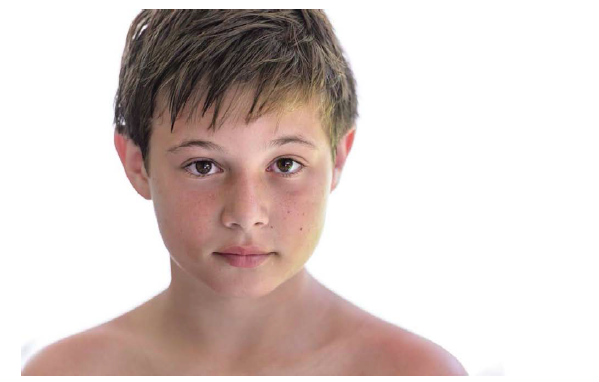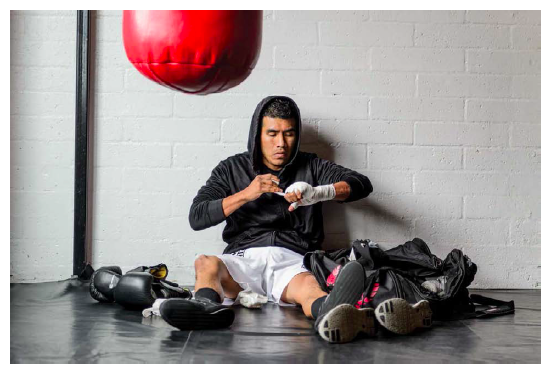The following is an excerpt from Alan Hess’s Make Great Photos. Join us tomorrow for a free webinar with Alan! See the details here.
A properly exposed image will have the right amount of light—meaning the main subject will not appear too bright or too dark. Three things control the amount of light that is allowed to reach the sensor: shutter speed, aperture, and ISO. Shutter speed controls the amount of time the sensor is exposed to light. The aperture is the size of the opening in the lens the light passes through. The ISO controls how sensitive the sensor is to light. The higher the ISO, the less light is needed to create a proper exposure. These are the only controls that affect the exposure of your image. Too much means the image will be overexposed (all the detail in the light areas will be lost, and will appear pure white). Too little light means the image will be underexposed (all the detail in the dark areas will be lost, and will appear pure black). Chapter 2 goes into how to get a proper exposure in much more detail, but for now, let’s just look at a few examples (Figures 1.1–1.4).

Figure 1.1 This cute dog was photographed in the even light of a very cloudy day
in the parking lot of the rescue organization. The exposure was pretty simple to
get right since there were no real bright spots or dark areas.
1/640 second; f/3.2; ISO 800; 180mm

Figure 1.2 The cloud cover made it pretty simple to get a proper exposure of
these three as they got ready to go surfing. You can see the details in both the
bright and dark areas of the frame, including the wetsuits.
1/800 second; f/5.0; ISO 500; 20mm

Figure 1.3 This image shows that it can be more difficult to get a proper
exposure in direct sunlight, especially with subjects that are both very light and
very dark. You can still see the detail in the bright area, but there is some loss of
detail in the dark fur.
1/2000 second, f/3.5; ISO 100; 200mm

Figure 1.4 Photographing a dark horse against a light fence makes it difficult to
expose to maintain the detail in both parts of the subject. I waited until the horse
turned so that the sun was coming in across its body to highlight the detail.
1/1000 second; f/5.6; ISO 400; 85mm
Soft Light and Hard Light
Photography is all about light and how that light shows the subject that we are capturing. Two of the most widely used terms to describe the quality of the available light are soft light and hard light. So what makes some light hard and other light soft? The simple answer is that hard light is generally from a small light source and soft light is generally from a big light source. The easiest way to see if light is hard or soft is to look at the shadows created by the light. Hard light will cause sharp-edged shadows, while soft light creates a much softer transition into the shadows. Neither light is good or bad—both kinds of light can be used to create good photos—but you need to understand the difference between them so you can use them to your advantage.
Traditionally, soft light has been used to create flattering, “pretty” portraits, while hard light has been used to create more stark portraits. You can see examples of soft light and hard light in Figures 1.5–1.8. All the different aspects of light are covered in chapter 2.

Figure 1.5 I photographed my nephew outside under a cloudy sky. The light was
very soft and even, and as you can see, there are no hard shadows in the image.
1/400 second; f/2.8; ISO 400; 200mm

Figure 1.6 For this shot of musician
Jessica Lerner, I used a softbox to
create soft light. By placing it quite
close to the subject, I made sure that
it would soften (diffuse) all the light
shining on her. You can see that there
is a shadow, but it is not very defined,
and the transition between the dark
and light is quite smooth.
1/50 second; f/8; ISO 400; 62mm

Figure 1.7 The hard light coming in through the window gave a nice dramatic
look to this image of a boxer getting ready to hit the bags. The shadow on the wall
behind him has a transition from light to dark that is nearly a hard line.
1/500 second; f/4; ISO 800; 60mm

Figure 1.8 The hard, bright light coming in through the window creates hard
shadows from the blinds across Hobbes.
1/1000 second; f/4; ISO 250; 105mm
